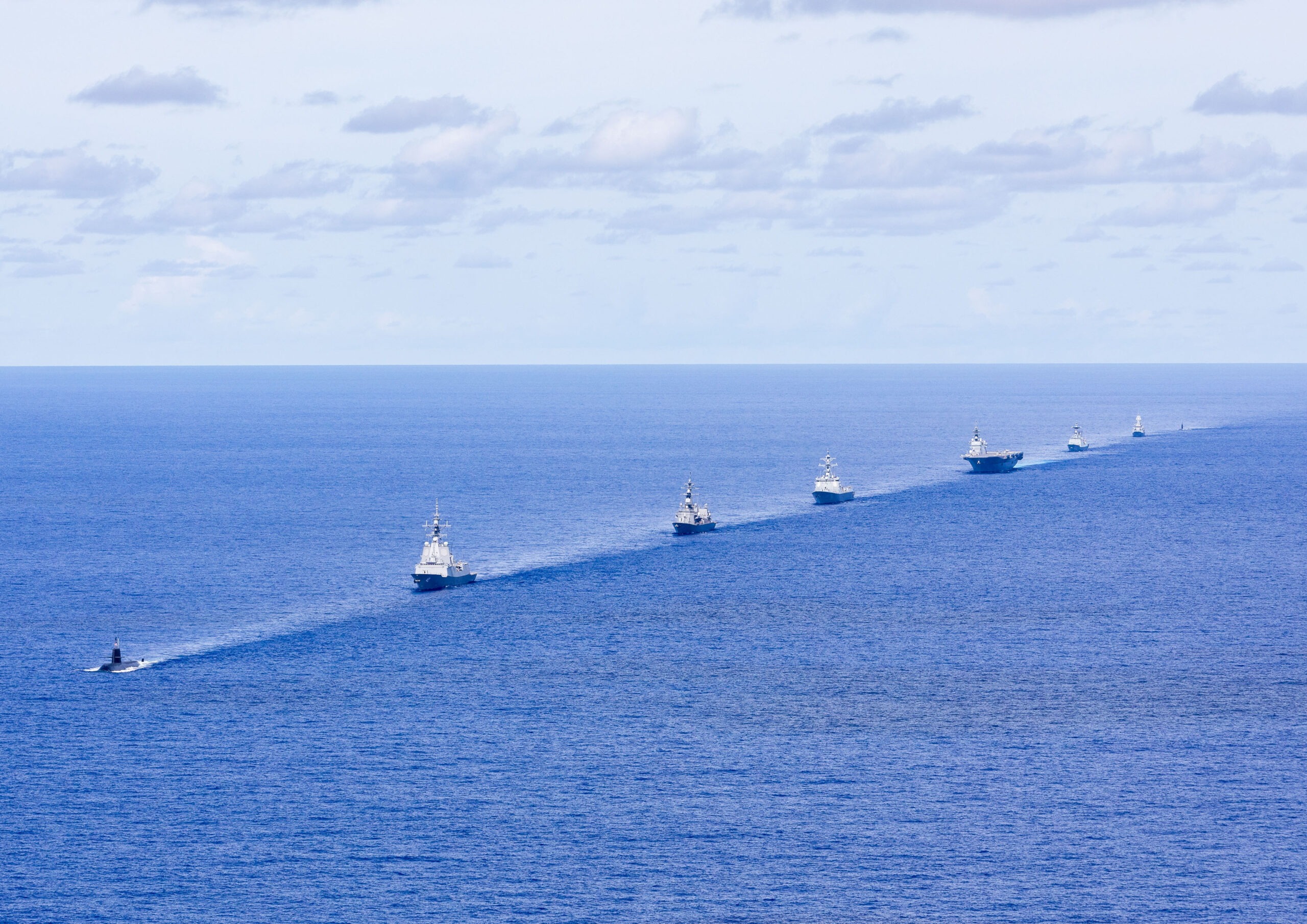Rethink Nuclear Subs Proposal
–Nuclear-powered submarines pose a risk to an already fragile non-proliferation treaty. So why go down this path?
This week marks a year since the Morrison government announced the AUKUS arrangement, including Australia’s plans to acquire eight nuclear-powered submarines from the United States or Britain.
As a group of academics and nuclear policy analysts who continue to have strong reservations about this decision, we call on the Albanese government to re-think this proposal. There was no discussion of this plan ahead of the announcement and now, more than halfway through an 18-month review process intended to explore how the nuclear-powered submarines would be built, information is still sparse.
The case for the proposed submarines is far from clear, and the Albanese government has not yet dealt with this problem in public-facing debate. Rather than accepting the Morrison government’s decision as a fait accompli, it’s time the new government tackled the question of whether it makes sense to take Australia down an unprecedented path.
Critics have pointed to several concerns. These include whether nuclear-powered submarines are optimal for defending Australia; a possible loss of independent military action if these are used as part of US war-planning against China; the budget involved (up to $171 billion); the lengthy delivery time; the damage to relationships with our neighbours, especially in Southeast Asia and the Pacific Islands; the stress on the nuclear Non-Proliferation Treaty, which is already seen by many non-Western states as highly unequal; the precedent the deal sets for others to follow and the risk this poses to the nuclear non-proliferation regime more broadly.
The issue of the precedent that this sets for an already fragile non-proliferation regime concerns us most. The submarines are projected to use weapons-grade highly enriched uranium (HEU). Transferring any nuclear material to a non-nuclear weapon state for such purposes has never happened before – and for good reason: HEU is used to make nuclear bombs.
Australian officials maintain that it would be ‘impossible’ to divert the HEU in these submarines for nuclear weapons uses, and that in any case, the intention is for the material to be under International Atomic Energy Agency (IAEA) safeguards at all times. Several analysts question these assurances.
They point out that it could be possible to access the HEU undetected (although it would be extremely difficult and could be lethal to those involved). They also point out that the naval nuclear propulsion programs of US, Britain, the UK, Russia, China, France, and India are not under IAEA safeguards, and stress the practical difficulties involved in physically monitoring material on nuclear-powered vessels that are submerged for many months at a time. The IAEA could well determine that the safeguards challenges are insurmountable. What then?
No one seriously believes that Australia intends to extract HEU from submarines to make nuclear weapons. But even if we argue the case that Australia is a responsible state and thus ‘deserves’ special treatment, it will reinforce the perception of double standards already present in the non-proliferation regime. Australia would incur heavy political costs as a result (and in fact is already facing a political backlash), at a time when we need to build positive partnerships in the region.
There are further problems, too. If Australia creates a precedent by acquiring nuclear-powered submarines, whatever the safeguards arrangements, other non-nuclear weapon states will surely follow. Certain voices in South Korea and Japan have floated the idea. Brazil has already sought a safeguards arrangement with the IAEA for the submarine fuel it is developing indigenously. Most worryingly, from a non-proliferation perspective, Iran has expressed interest in developing its own capability to produce submarines and their fuel. Many states are technically capable of processing low enriched or even highly enriched uranium and using it for submarines. If they do, the challenges for safeguards and the potential for diversion to nuclear weapons will multiply.
Despite these risks and uncertainties, Australian officials have argued that taking HEU from the US or Britain and placing it under IAEA safeguards would represent a gain for the nuclear non-proliferation regime. This is because there would then be ‘less unmonitored HEU’ in the world.
But this argument is disingenuous. For one thing, as noted above, there is no guarantee that the IAEA can conclusively monitor the nuclear material inside any submarine. Moreover, how would transferring HEU from a nuclear-weapon state to a state with limited nuclear infrastructure make it ‘safer’? It’s a curious self-serving argument, and not convincing.
Surely a better way to reduce the amount of unmonitored HEU available globally would be for the nuclear-weapon states to continue to reduce their nuclear weapons stockpiles, as they have promised to do, and to down-blend HEU from dismantled warheads to LEU for peaceful uses.
Australia claims to support the tight control of fissile material, and for decades we have also been a champion of nuclear non-proliferation and disarmament. Setting a precedent by acquiring nuclear-powered submarines would almost certainly make fissile material control more difficult and tarnish Australia’s reputation for non-proliferation excellence.
Acquiring nuclear-powered submarines will bring considerable risks.
We need much more public discussion on the cost/benefit calculations involved in the nuclear submarine decision, including its impact on global non-proliferation efforts and on our own national interests.
Originally published in the Canberra Times 16 September 2022.
Disclaimer: The opinions articulated above represent the views of the author(s) and do not necessarily reflect the position of the Asia Pacific Leadership Network or any of its members. APLN’s website is a source of authoritative research and analysis and serves as a platform for debate and discussion among our senior network members, experts, and practitioners, as well as the next generation of policymakers, analysts, and advocates. Comments and responses can be emailed to apln@apln.network.
Image: Naval ships and submarines from the Royal Canadian Navy, Japan Maritime Self-Defense Force, Republic of Korea Navy and the United States Navy sail in formation alongside HMA Ships Sydney and Perth during Exercise Pacific Vanguard during a Regional Presence Deployment. (Royal Australian Navy)

